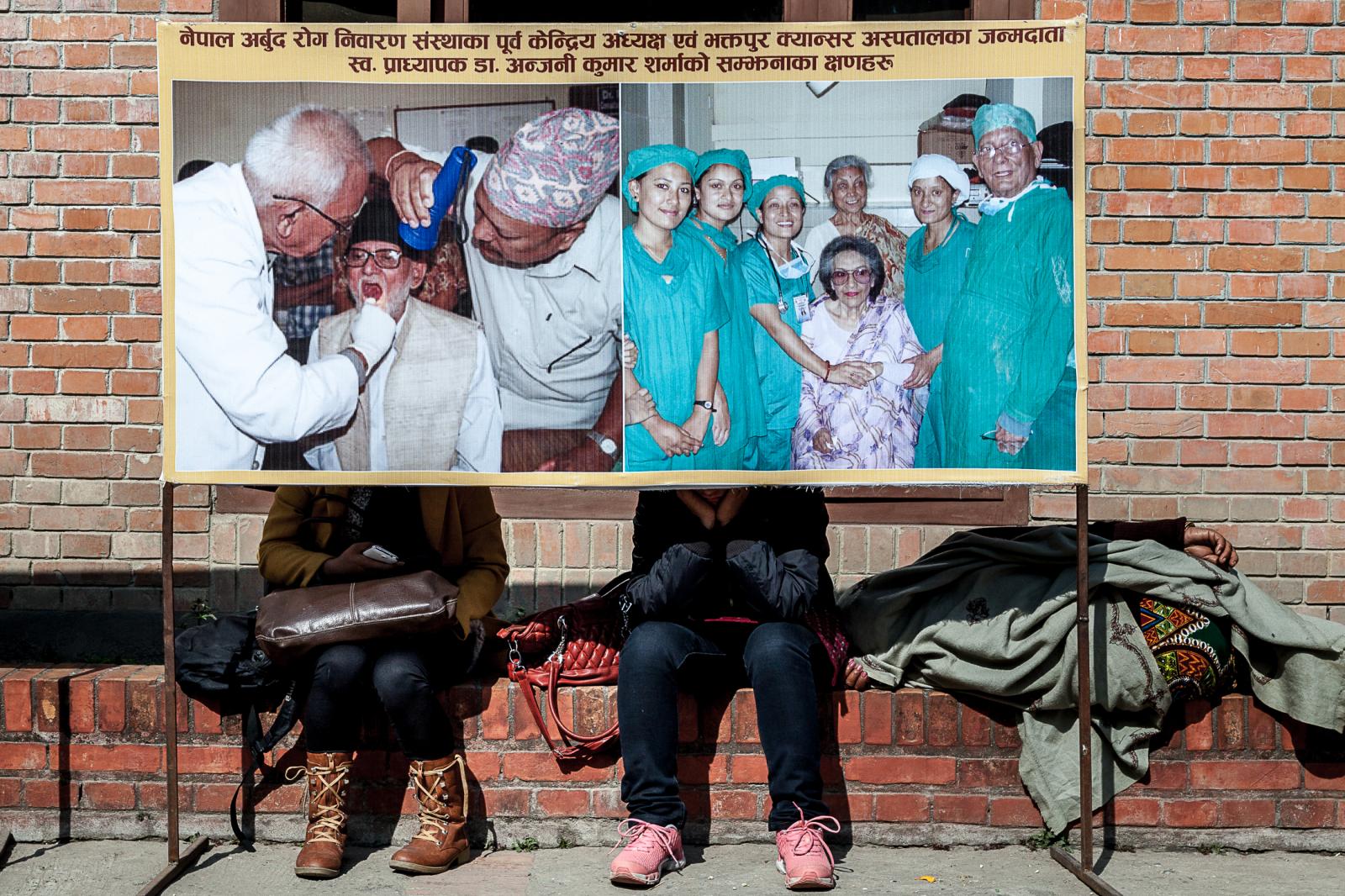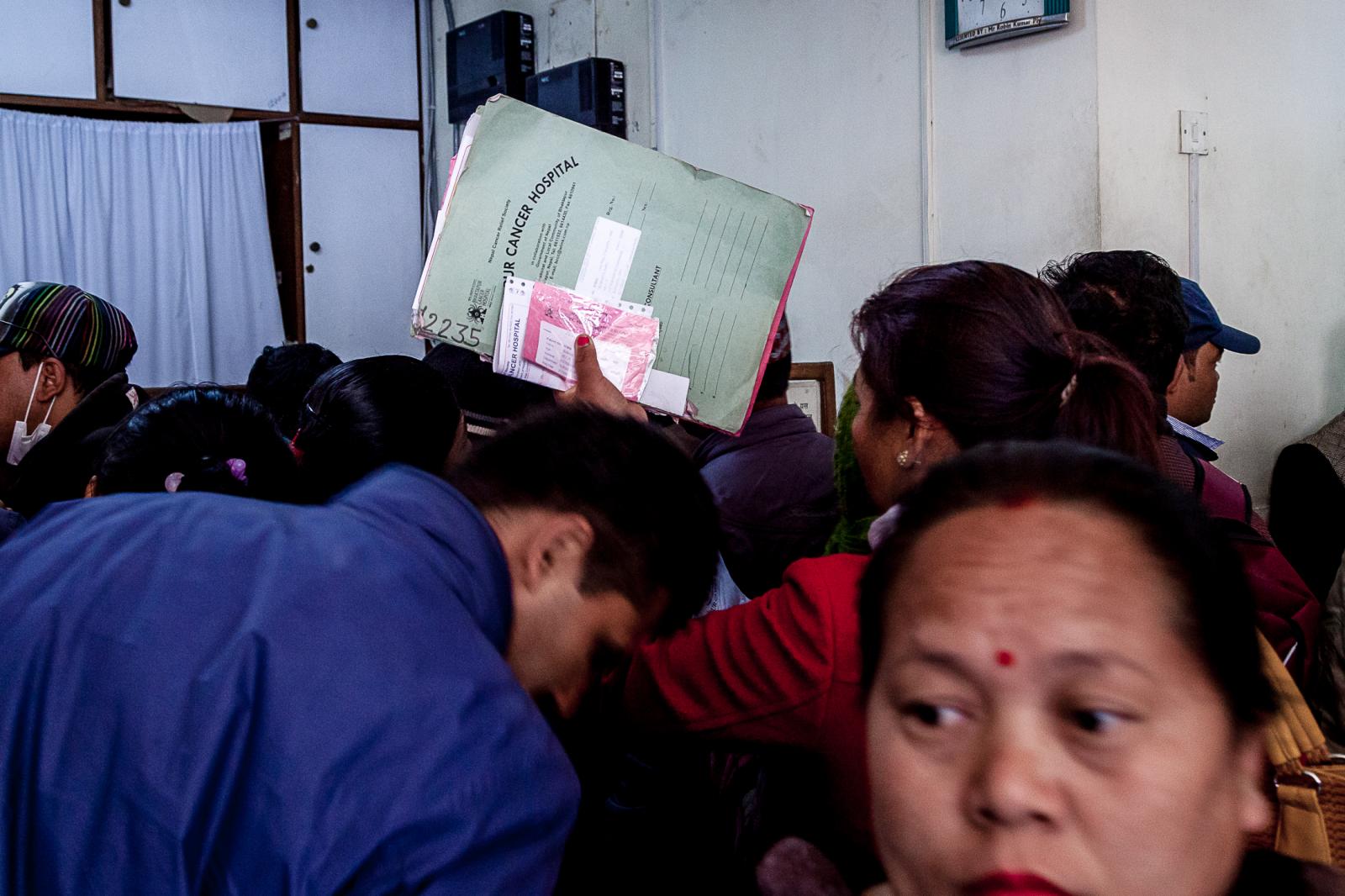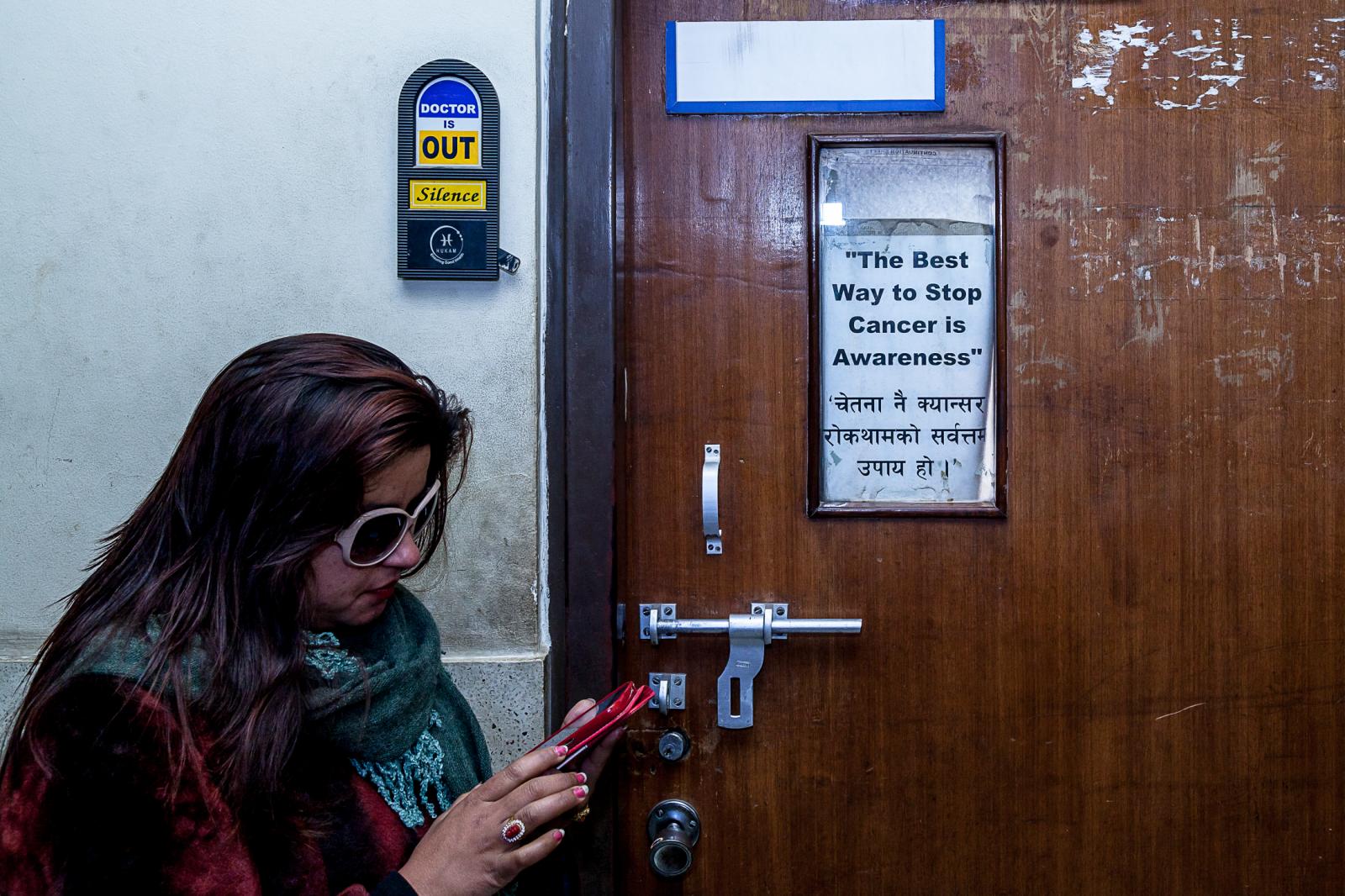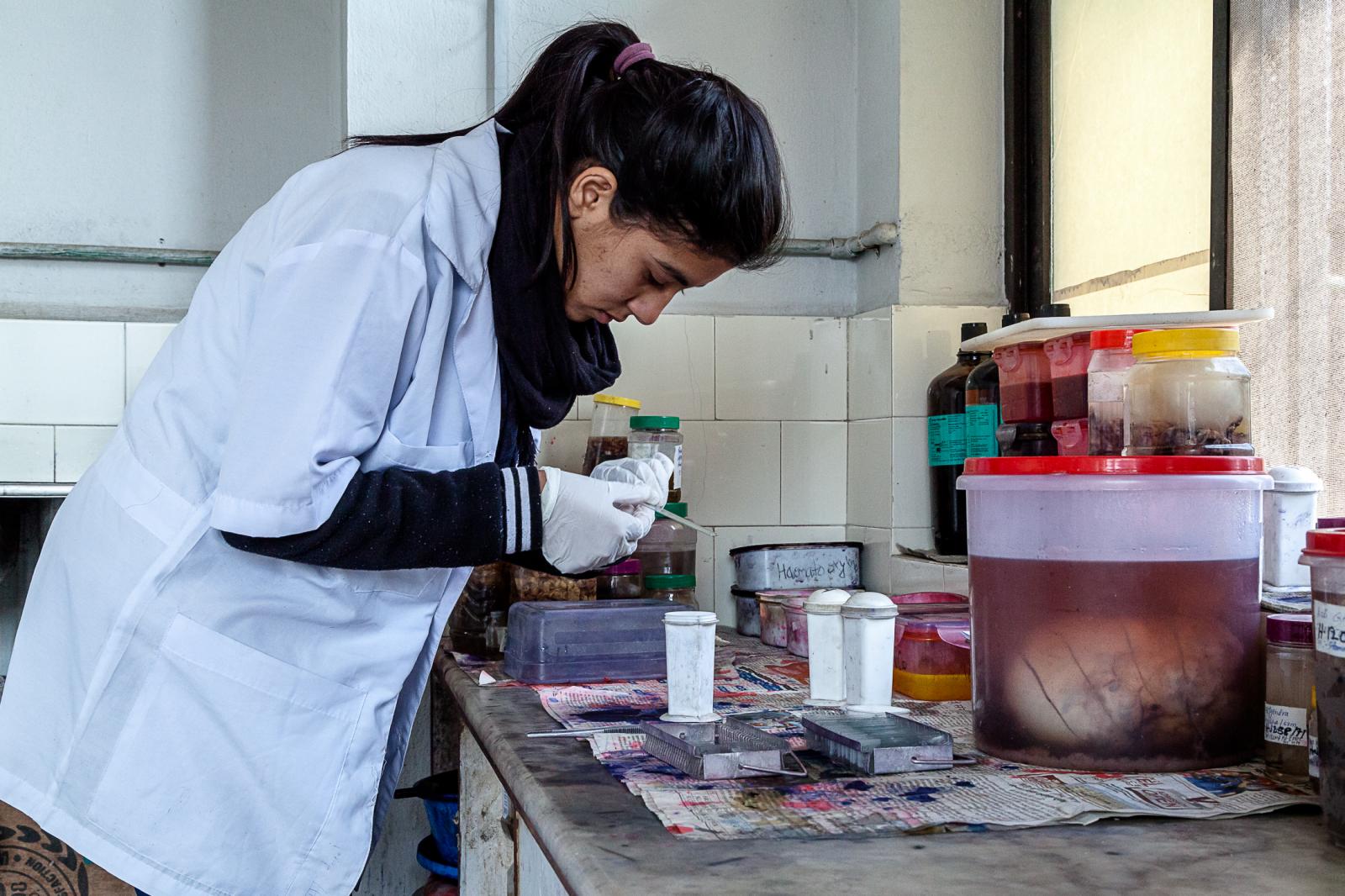According to the World Health Organisation, 10 million people are affected by cancer every year worldwide, a number that is estimated to double within 10 years. In Nepal, the number of cancer cases is increasing day by day; around 20,000 people die every year from cancer with almost 30,000 new cases of cancer a year, with cervical cancer being the leading cause of cancer-related deaths among women and lung cancer among men. Nepal does not have a national population-based cancer registry, but it does have a hospital-based registry. The Bhaktapur Cancer Hospital was established by the Nepal Cancer Relief Society in 1992, becoming a model hospital with the first public-private partnership. Currently, the hospital has 62 beds with over 140 staff members, assisting over 30,000 patients a year, with the bed occupancy rate standing at more than 90%.
The major challenge observed in oncology service in Nepal is the high cost of treatment, in many cases due to a lack of insurance, and proper health policy. As a result, people have to bear all of the burdens by themselves, with most of the cases of cancer diagnosed at an advanced stage, indicating the long duration between disease onset and final diagnosis of the disease.
Photography: ©Omar Havana / All Rights are Reserved




















